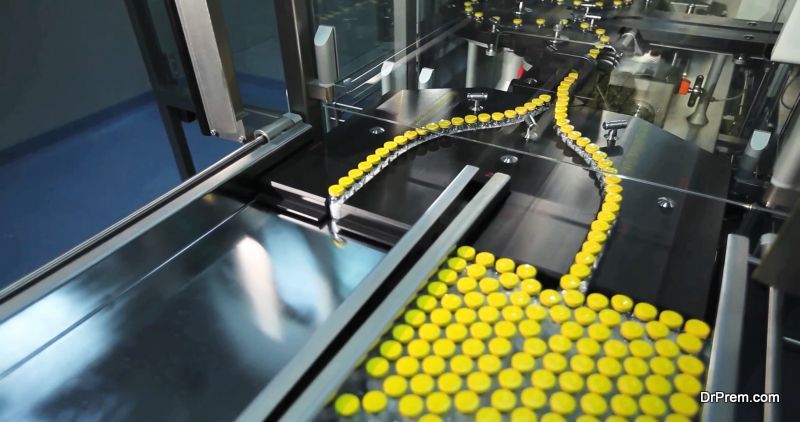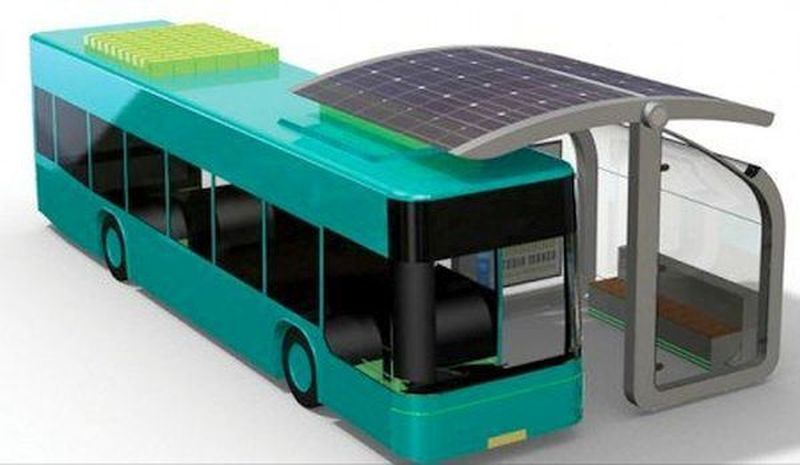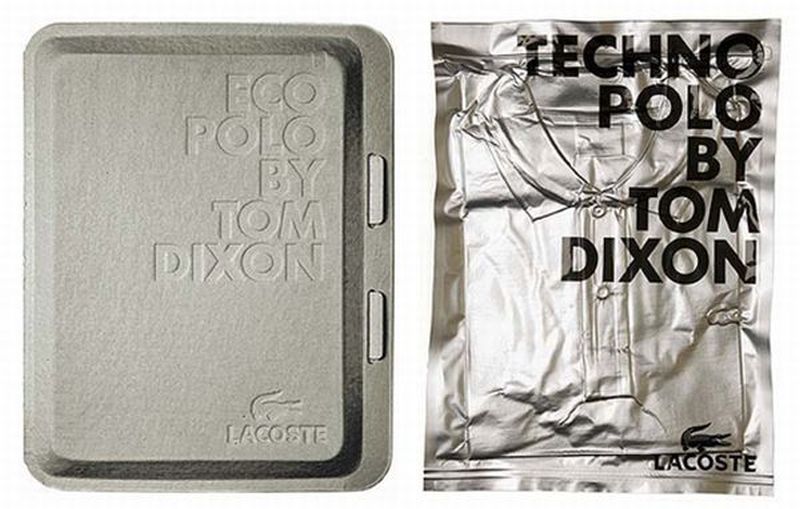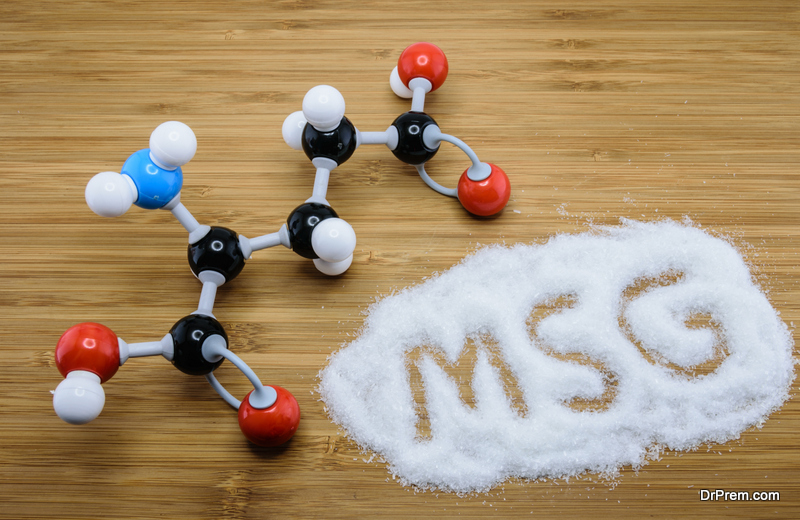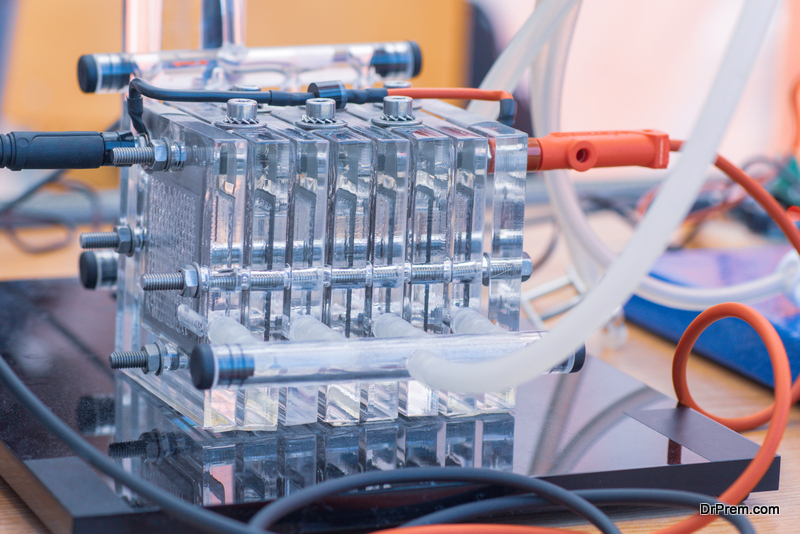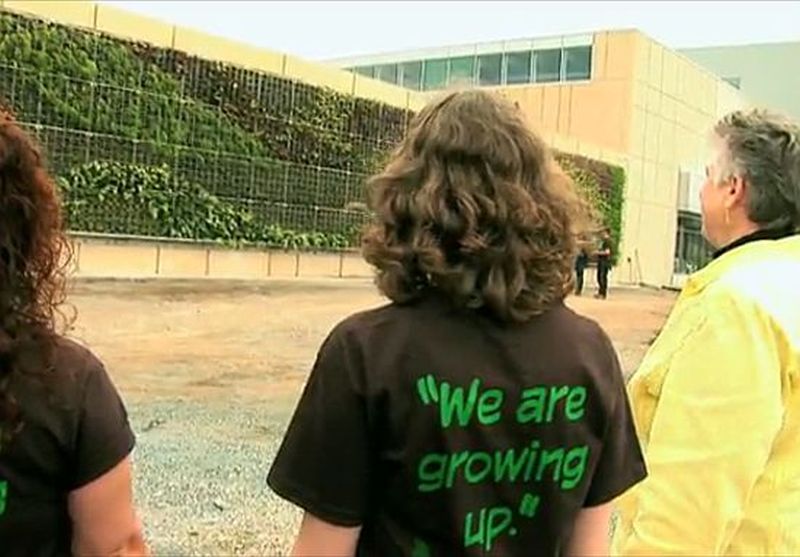Online Shopping Vs Offline Shopping: What’s more eco-friendly?
We are all used to online shopping with tons of sites offering a huge number of choices at our fingertips. We no longer have to make several trips to find something we really like. This decreases the number of times …
Online Shopping Vs Offline Shopping: What’s more eco-friendly? Read More »



